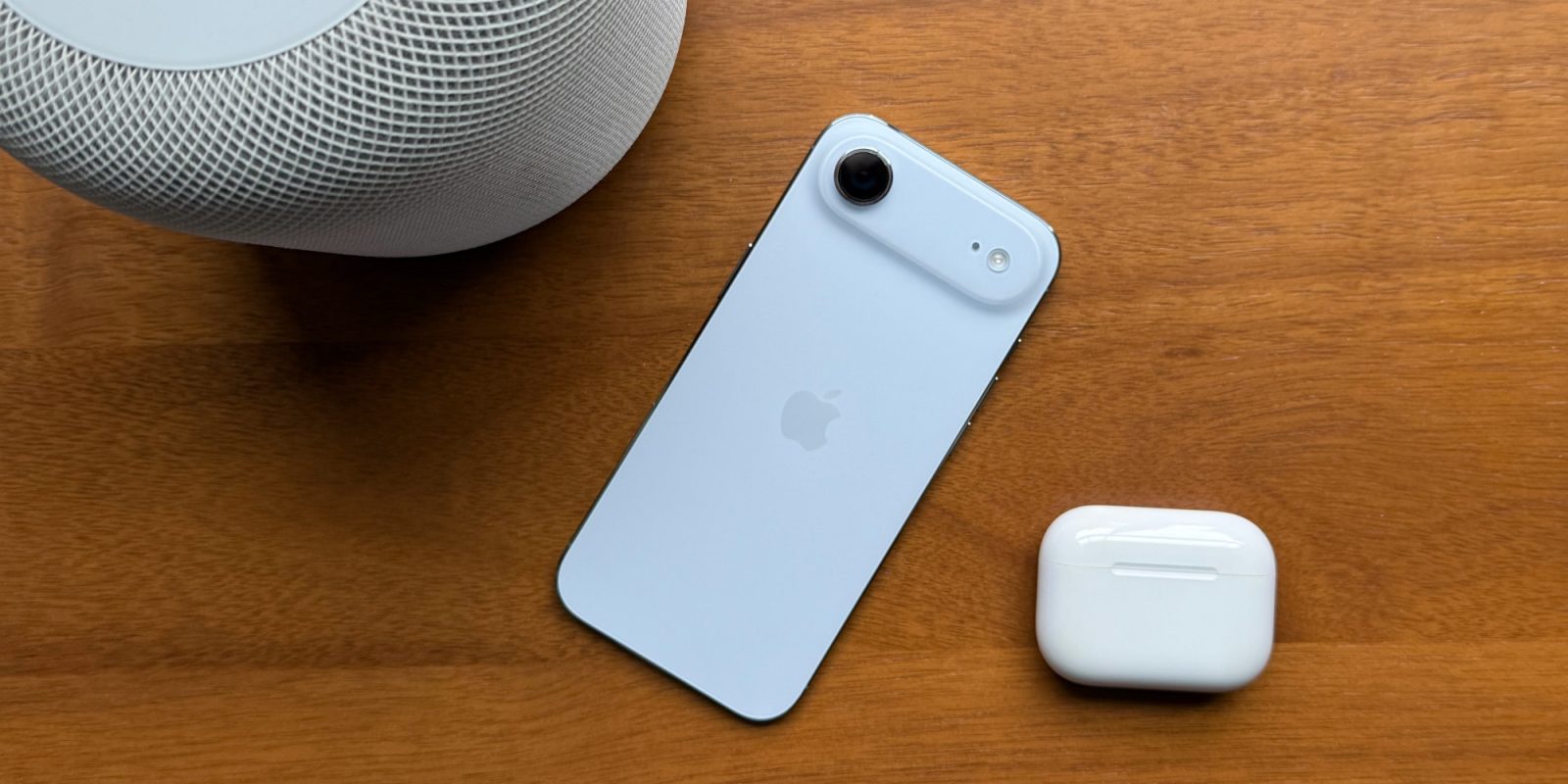Apple’s introduction of the iPhone Air marked a significant departure from its traditional design philosophy, offering users an ultra-thin device that challenges conventional expectations. After a month of daily use, the iPhone Air has not only met but surpassed expectations in several key areas.
Design and Ergonomics
The iPhone Air’s standout feature is its remarkably slim profile. This design choice has redefined portability, making the device exceptionally comfortable to hold and use. Despite its larger screen size, the thinness ensures that one-handed operation remains feasible, a crucial factor for users who prioritize ease of use.
Battery Performance
Concerns about battery life in such a slim device were prevalent prior to release. However, the iPhone Air delivers impressive battery longevity, outperforming its predecessor, the iPhone 16 Pro. This enhancement is particularly noticeable with the integration of iOS 26, which optimizes power consumption and overall efficiency.
Camera Capabilities
The absence of a Telephoto lens, a staple in the Pro models, was initially perceived as a potential drawback. In practice, the iPhone Air’s camera system proves to be highly capable for everyday photography needs. The high-quality images produced by the device satisfy the requirements of most users, mitigating the impact of the missing lens.
Durability and Build Quality
Durability is a critical consideration for any smartphone. The iPhone Air’s construction has demonstrated resilience, withstanding daily activities without issues such as bending or structural compromise. This robustness is particularly noteworthy given the device’s slim design.
Audio Experience
The inclusion of a mono speaker, as opposed to the stereo setup found in other models, has been a point of contention. For users who rely heavily on built-in speakers for media consumption, this could be a limitation. However, for those who primarily use headphones or external speakers, the mono output is less impactful.
Market Reception and Early Adoption
Despite its innovative design and positive user feedback, the iPhone Air has experienced modest sales figures. This trend suggests that the device appeals primarily to early adopters—individuals eager to embrace new technology despite potential compromises. Apple CEO Tim Cook has acknowledged this pattern, noting that products like the iPhone Air cater to those who desire tomorrow’s technology today.
Conclusion
The iPhone Air represents a bold step forward in smartphone design, offering a unique combination of aesthetics, performance, and portability. While it may not cater to the mass market, it stands as a testament to Apple’s commitment to innovation and its willingness to explore new frontiers in technology.



